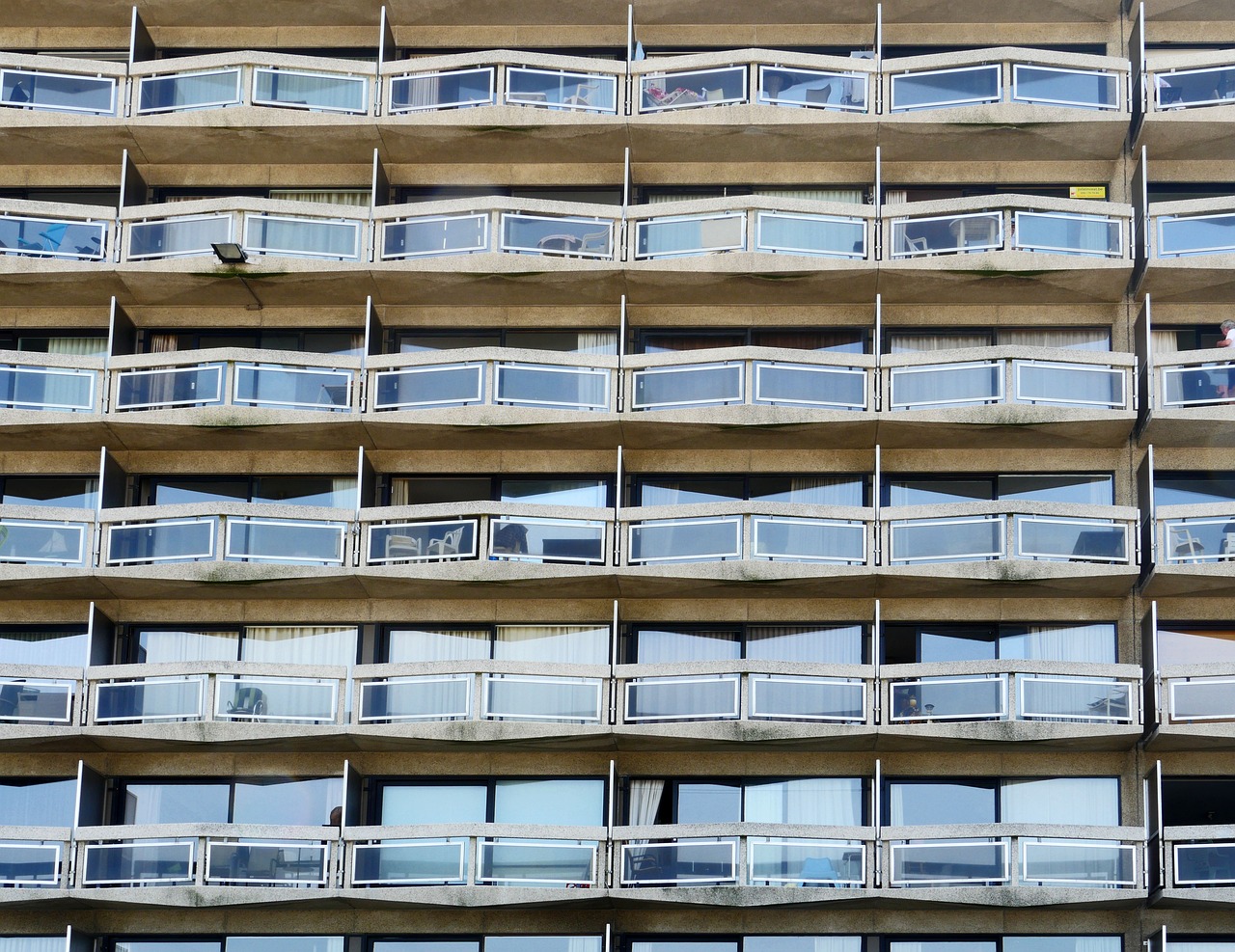In the wake of an increasingly aging population, urban areas worldwide are under the microscope. The question is, how can we make these rapidly growing cities more accommodating to older adults? This article will delve into the concept of age-friendly urban residential design. You will learn about its key features and how it contributes to the health and social well-being of senior citizens.
Recognizing the Need for Age-Friendly Urban Areas
Our cities are changing and evolving. With every passing day, more and more people are flocking to urban areas in search of better opportunities, social connections, and amenities. But this trend isn’t just limited to young or middle-aged individuals. Older adults are also a part of this movement. According to a study indexed in Google Scholar, by 2030, more than 60% of people aged 60 and above will live in urban areas.
Also read : How to Optimize Real Estate Investment Portfolios with Advanced Portfolio Analytics?
The need for age-friendly urban residential design is clear. As the older population grows, it becomes crucial for cities to adapt their infrastructure, amenities, and services to better cater to the unique needs and challenges of this demographic. There is a pressing need for public spaces, residential areas, and communities that not only accommodate older adults but also actively promote their health, social inclusion, and general well-being.
The Role of Public Spaces in Age-Friendly Urban Design
Age-friendly design isn’t just about individual homes – it’s about the entire urban environment. It’s about creating spaces where older adults can interact with their community, get physical exercise, and continue to contribute to society. Public spaces play a crucial role in this context.
Also to read : What Legal Protections Should Be Considered When Investing in Overseas Property Developments?
Public spaces such as parks, squares, and community centers are essential for promoting social connections among older adults. These spaces provide opportunities for social interaction, community engagement, and physical activity, which are key to maintaining the health and well-being of older adults.
But for these spaces to be truly ‘age-friendly,’ they need to be easily accessible, safe, and comfortable for older adults. This means incorporating features like ramps and handrails, well-lit paths, ample seating options, and restrooms that cater to people of all abilities.
Enhancing Mobility and Accessibility in Age-Friendly Urban Design
One of the key challenges for older adults in urban areas is mobility and accessibility. As people age, their physical capabilities often decline, making it harder for them to navigate the urban environment. So, how can age-friendly urban design address this issue?
Firstly, residential buildings should be designed with the needs of older adults in mind. This means incorporating features such as level thresholds, wide doorways, and elevators that can accommodate wheelchairs. Additionally, homes should be designed in a way that minimizes the risk of falls – one of the leading causes of injury among older adults.
Secondly, cities need to improve their public transportation systems to better cater to the needs of older adults. This includes providing vehicles that are easy to board and exit, offering priority seating for older adults, and ensuring that public transportation routes cover areas where a large number of older adults live.
Building Age-Friendly Communities
Age-friendly urban design isn’t just about the physical environment. It’s also about fostering communities that support and empower older adults. This means creating opportunities for older adults to participate in community activities, volunteer, and contribute their skills and experience to society.
To build age-friendly communities, cities need to provide a wide range of services that cater to the diverse needs of older adults. This might include services such as home care, meal delivery, and transportation services for those who are unable to drive or use public transportation. Additionally, cities should promote intergenerational interaction and encourage younger residents to engage with their older neighbors.
Prioritizing Health in Age-Friendly Urban Design
Health is a significant concern for older adults, and age-friendly urban design should prioritize features that promote good health. This includes not only access to healthcare facilities and services but also design features that promote physical activity and mental well-being.
For example, residential areas should be designed with plenty of green spaces where older adults can walk, exercise, and enjoy the outdoors. Likewise, cities should provide sufficient healthcare facilities within easy reach of residential areas, and these facilities should be accessible and user-friendly for older adults.
In conclusion, age-friendly urban residential design is about much more than just adapting physical spaces. It’s about creating a living environment that respects, includes, and caters to the needs of older adults. It’s about building cities that are not just ‘livable,’ but ‘lovable’ for people of all ages.
Integrating Technology in Age-Friendly Urban Design
In the digital age, technology plays a pivotal role in our lives, and older adults are no exception. Age-friendly urban design needs to consider how technology can enhance the lives of older people, offering solutions that increase their safety, independence, and social participation.
Incorporating smart home technologies into residential design can greatly improve the quality of life for older adults. For instance, features like automatic lighting, emergency alert systems, and home monitoring can increase security and reduce risks at home. Additionally, technology can support health management, with devices that monitor vital signs, remind individuals to take medications, and allow telehealth consultations, reducing the need for challenging trips to healthcare facilities.
Furthermore, technology can foster social participation. The design of common areas in residential communities can include access to computers and Wi-Fi, enabling older adults to stay connected with family and friends, access online services, and participate in digital social activities. However, it’s crucial to ensure that these technologies are user-friendly and accessible, considering that some older adults may not be familiar with digital devices.
Enhanced mobility is another way that technology contributes to age-friendly urban design. Self-driving cars, on-demand transportation services, and real-time public transit information can make traveling easier and safer for older adults, promoting their independence and access to community resources.
Implementing Age-Friendly Policies and Regulations
To truly create age-friendly cities, there’s an imperative need for policies and regulations that support this goal. These policies should focus on two key areas: urban planning and housing.
Urban planning policies should prioritize the creation of public spaces that are accessible and engaging for older adults, and transportation systems that cater to their needs. They should also focus on ensuring the availability of essential services within close proximity to residential areas. This would involve zoning laws that allow for mixed-use developments, promoting the integration of residential, commercial, and recreational spaces.
Housing policies, on the other hand, should aim to make age-friendly features mandatory in new residential developments. These may include accessible design elements, installation of smart home technology, and provision of common spaces that promote social interaction. Policies could also provide incentives for developers to include such features in their projects.
Moreover, regulations should ensure the affordability of housing for older adults. This could involve policies that promote the availability of diverse housing options, including affordable rental units, cooperatives, and shared housing arrangements.
In conclusion, age-friendly urban residential design is a multi-faceted approach that considers the diverse needs and preferences of older adults. From enhancing public spaces and residential design, integrating technology, building age-friendly communities, prioritizing health, to implementing supportive policies and regulations, age-friendly urban residential design is indeed a comprehensive response to the challenge of an aging population. Creating age-friendly cities is not just an act of empathy and respect towards older adults, but a necessity for a sustainable, inclusive and healthy urban future.






